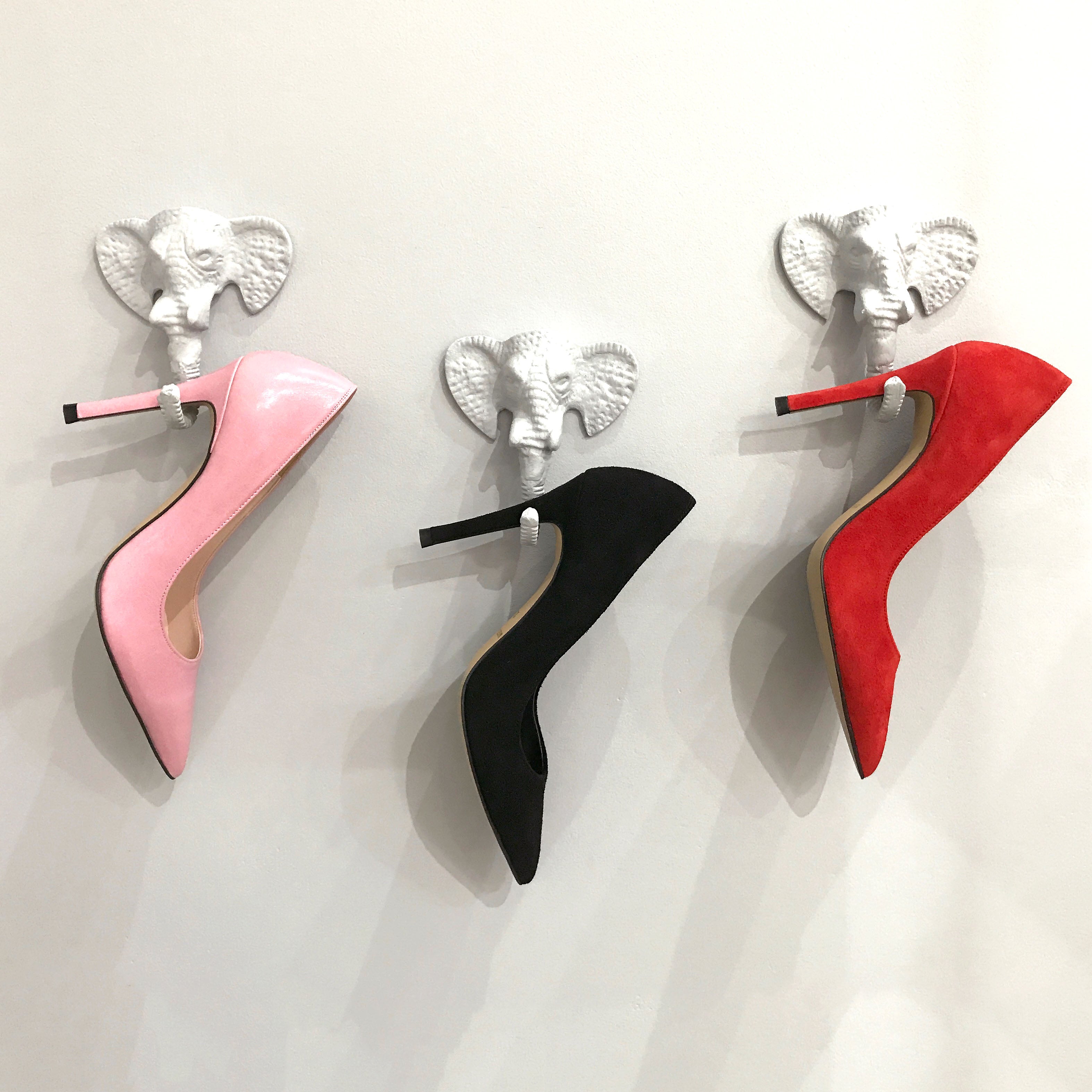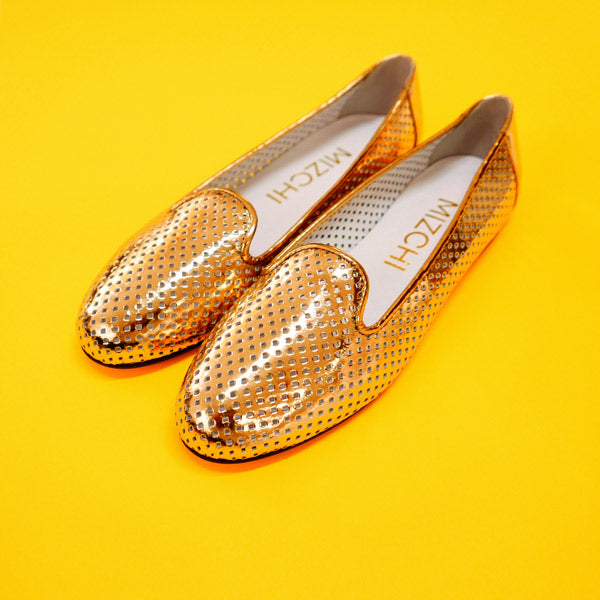Navigating Australian shoe sizes across different regional offerings like the UK, Europe or the USA can be a challenge. To help you out, we've created a comprehensive shoe size conversion chart for petite feet women.
Here's a useful tip: in Australian petite shoe sizing, remember that AU Women's sizes match with the US women's size scale (while AU Men's sizes correspond to the UK men's size scale).
Additionally, European sizes are widely recognized globally, so it's handy to know your European shoe size, especially when shopping overseas.
Shoe sizing presents a complex puzzle due to the multitude of measurement systems employed worldwide. Precise conversions between international shoe sizes are elusive, often resulting in sizes overlapping between different systems. For instance, British shoe sizes are based on an imperial system, measured in one-third inch increments. American women's shoe sizes also follow an imperial system but with a different starting point than the British scale. European shoe sizes, however, stem from a French metric system, measured in two-thirds centimetre units.
Further complicating matters, various categories like Men's, Women's, Adult, and Junior sizes may have distinct sizing within the same scale, leading to full size differences across the range. Intriguingly, certain size equivalences, such as a US Men's size 5 corresponding to a US Women's size 6, defy conventional expectations.
Adding to the complexity, the United States utilizes two separate scales—the "standard" and "common" scales—originating from a WWI-era error by the US Army. Although the "standard" scale is more accurate, the "common" scale is more widely used, despite being roughly half a size different.
Furthermore, specialized systems like Mondopoint are tailored for specific footwear such as ski boots and skates, introducing yet another layer of complexity. Over time, many manufacturers have devised their own sizing systems, sometimes deviating significantly from standard systems.
Moreover, some countries, like Korea, employ unique measurement systems; for instance, shoe sizes measured in millimeters. Given this intricate landscape, confusion surrounding shoe sizing is common.
In summary, due to the diversity of measurement systems, precise conversions between various international shoe sizes remain challenging. Sizes often fall between increments in different systems, making an approximate conversion table a valuable tool.
To make this simple for you we follow the Korean/Japanese method where all you need to do is measure your feet in millimeters, add 5mm to your measure to allow for toes to move and then pick the size based on this number that you feel will suite you best
|



